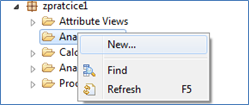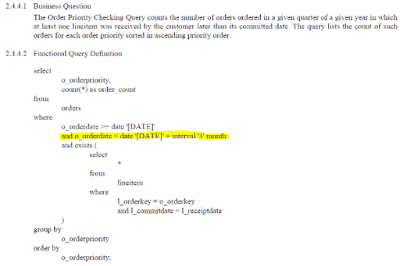Background is based on a problem we faced with a HANA calculation view that was not performing as we’d like to see it and there didn’t seem ways around performance issue. It was not volatile data in terms of changes so we decided best option would be to store the data on a load schedule in our HANA system. Question was then how to do that in HANA. As a background, I can say that we are on SPS09.
Process that we went with was to create a custom table that would be filled with stored procedure that would be scheduled to run a load frequency through xs admin. I’ll share the steps.
Creating the custom table would be based on the definitions that we had in HANA view. You can manually create the table in the schema that you’d like to store it, but alternative would be to run following script in SQL console:
create column table <schema>.<table name> as (select * from "_SYS_BIC".<package>/<HANA view>)
Process that we went with was to create a custom table that would be filled with stored procedure that would be scheduled to run a load frequency through xs admin. I’ll share the steps.
Creating the custom table would be based on the definitions that we had in HANA view. You can manually create the table in the schema that you’d like to store it, but alternative would be to run following script in SQL console:
create column table <schema>.<table name> as (select * from "_SYS_BIC".<package>/<HANA view>)


